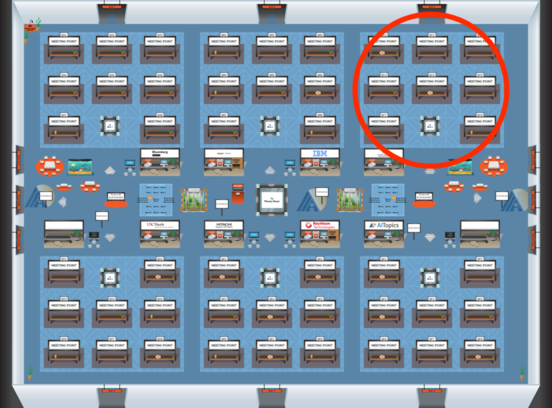CLPA: Clean-Label Poisoning Availability Attacks Using Generative Adversarial Nets
Bingyin Zhao, Yingjie Lao
[AAAI-22] Main Track
Abstract:
Poisoning attacks are emerging threats to deep neural networks where the adversaries attempt to compromise the models by injecting malicious data points in the clean training data. Poisoning attacks target either the availability or integrity of a model. The availability attack aims to degrade the overall accuracy while the integrity attack aims to cause misclassification only for specific instances without affecting the accuracy of clean data. Although clean-label integrity attacks are proven to be effective in recent studies, the feasibility of clean-label availability attacks remains unclear. In the literature of poisoning availability attacks, the adversary usually employs distorted or mislabeled poisoned data to degrade the accuracy as significantly as possible through influencing the training process. However, adding such perturbation in pixel space or using "dirty labels'' is less practical in real-world applications and can be screened out by visual inspection or data sanitization techniques, which greatly reduces the effectiveness of poisoning availability attacks. This paper proposes a clean-label approach, CLPA, for the poisoning availability attack. We reveal that due to the intrinsic imperfection of classifiers, naturally misclassified inputs can be considered as a special type of poisoned data, which we refer to as "natural poisoned data''. We then propose a two-phase generative adversarial net (GAN) based poisoned data generation framework along with a triplet loss function for synthesizing clean-label poisoned samples which locate in a similar distribution as nature poisoned data. The generated poisoned data are plausible to human perception and can also bypass the singular vector decomposition (SVD) based defense. We demonstrate the effectiveness of our approach on CIFAR-10 and ImageNet dataset over a variety type of models.
Introduction Video
Sessions where this paper appears
-
Poster Session 2
 Fri, February 25 12:45 AM - 2:30 AM (+00:00)
Fri, February 25 12:45 AM - 2:30 AM (+00:00)
 Blue 3
Blue 3
-
Poster Session 11
 Mon, February 28 12:45 AM - 2:30 AM (+00:00)
Mon, February 28 12:45 AM - 2:30 AM (+00:00)
 Blue 3
Blue 3
